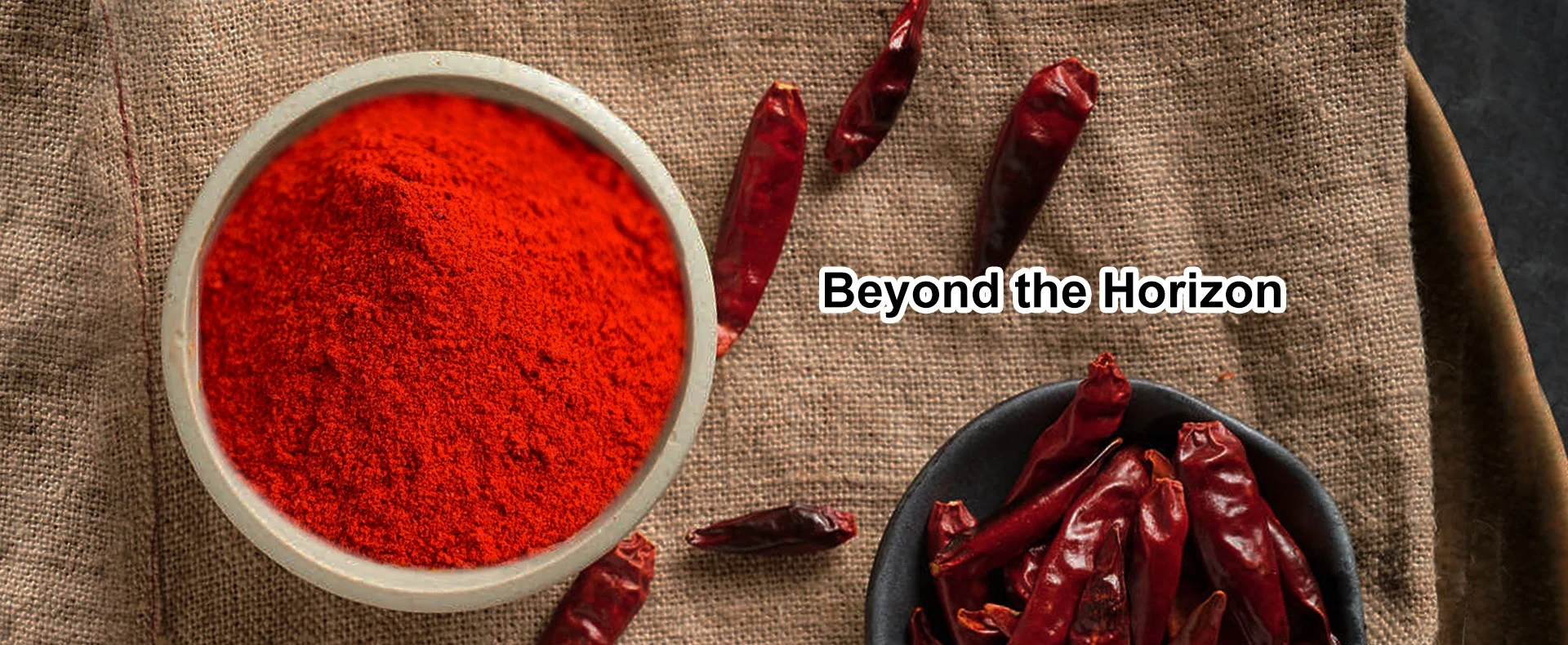- No. 268 Xianghe Street, Economic Development Zone of Xingtai city, Hebei 054001 China
- Byron@hbhongri.cn
capsicum annuum paprika
The Versatile Capsicum Annuum A Deep Dive into Paprika
Capsicum annuum, commonly known as paprika, is not just a simple spice; it holds a significant place in culinary traditions and nutritional discussions worldwide. This vibrant red powder is derived from the dried fruits of various Capsicum annuum varieties and is cherished for its unique flavor, color, and numerous health benefits.
Historical Background
The journey of paprika began in Central America, where it was cultivated by indigenous peoples long before the arrival of Europeans. Following Christopher Columbus's voyages in the late 15th century, the pepper plant traveled to Europe, where it quickly adapted to various climates and became particularly popular in Hungary and Spain. Over time, distinct varieties of paprika emerged, each with unique flavor profiles ranging from sweet and mild to hot and smoky.
Culinary Uses
Paprika is an essential ingredient in many dishes around the globe, contributing both color and flavor. In Hungarian cuisine, it is a key component in dishes like goulash and pörkölt, providing a deep red hue and a rich taste that defines these specialties. Spanish paprika, known as pimentón, comes in several varieties, including sweet, bittersweet, and smoked, adding complexity to tapas and chorizo seasoning.
Beyond these national dishes, paprika finds its way into everyday recipes, enhancing everything from deviled eggs to potato salads. Its ability to complement diverse ingredients makes it a favorite among home cooks and professional chefs alike. Moreover, paprika is a staple in various spice blends, like curry powder and garam masala, showcasing its versatility.
Nutritional Benefits
capsicum annuum paprika

In addition to its culinary appeal, paprika is packed with nutritional benefits. This spice is a rich source of antioxidants, particularly carotenoids, which have been linked to various health advantages. The vibrant red color of paprika is attributed to these carotenoids, which are known to support eye health and may even play a role in reducing the risk of certain chronic diseases.
Furthermore, paprika contains vitamins A, C, and E, which contribute to skin health, immune function, and overall well-being. The capsanthin and capsorubin found in paprika are not only responsible for its color but also possess anti-inflammatory properties, making this spice an excellent addition to an anti-inflammatory diet.
Varieties and Selection
When shopping for paprika, one can encounter a wide range of varieties, each with its distinct flavor profile, heat level, and color. Sweet paprika, the most common type, offers a mild flavor perfect for adding warmth to dishes without overwhelming heat. Smoky paprika, or pimentón, adds a depth reminiscent of a campfire, making it ideal for hearty stews and grilled meats. Hot paprika brings a punch of spice that can elevate sauces and marinades.
It's essential to consider the freshness of paprika when selecting it for your kitchen. Like many spices, paprika's flavor can diminish over time. For the best results, it’s advisable to purchase it in small quantities and store it in a cool, dark place to maintain its vibrant color and flavor.
Conclusion
Capsicum annuum, or paprika, is much more than a decorative seasoning; it is a powerful ingredient with rich cultural history, diverse culinary applications, and numerous health benefits. Whether used to spice up a traditional dish or to add vibrant color to a modern creation, paprika continues to be a beloved staple in kitchens around the world. Embracing paprika not only enhances our culinary experiences but also contributes to our health, making it a worthy addition to any spice rack. In a world where flavor and nourishment come together, paprika stands out as a prime example of how a simple ingredient can have a profound impact on our meals and well-being.
-
Turmeric Rhizome Powder: A Golden Treasure from Roots to TableNewsJul.28,2025
-
The Versatile Application Of Crushed Red Hot Peppers: Lighting Up The Red Flames On The Dining TableNewsJul.28,2025
-
The Paprika: A Touch Of Vibrant Red In Color, Flavor, And CultureNewsJul.28,2025
-
Ground Turmeric: A Modern Examination of an Ancient SpiceNewsJul.28,2025
-
Capsicum Liquid Extract: Features, Applications, and ChallengesNewsJul.28,2025
-
Application of Capsicum Liquid Extract in FoodNewsJul.28,2025







